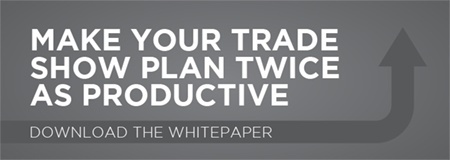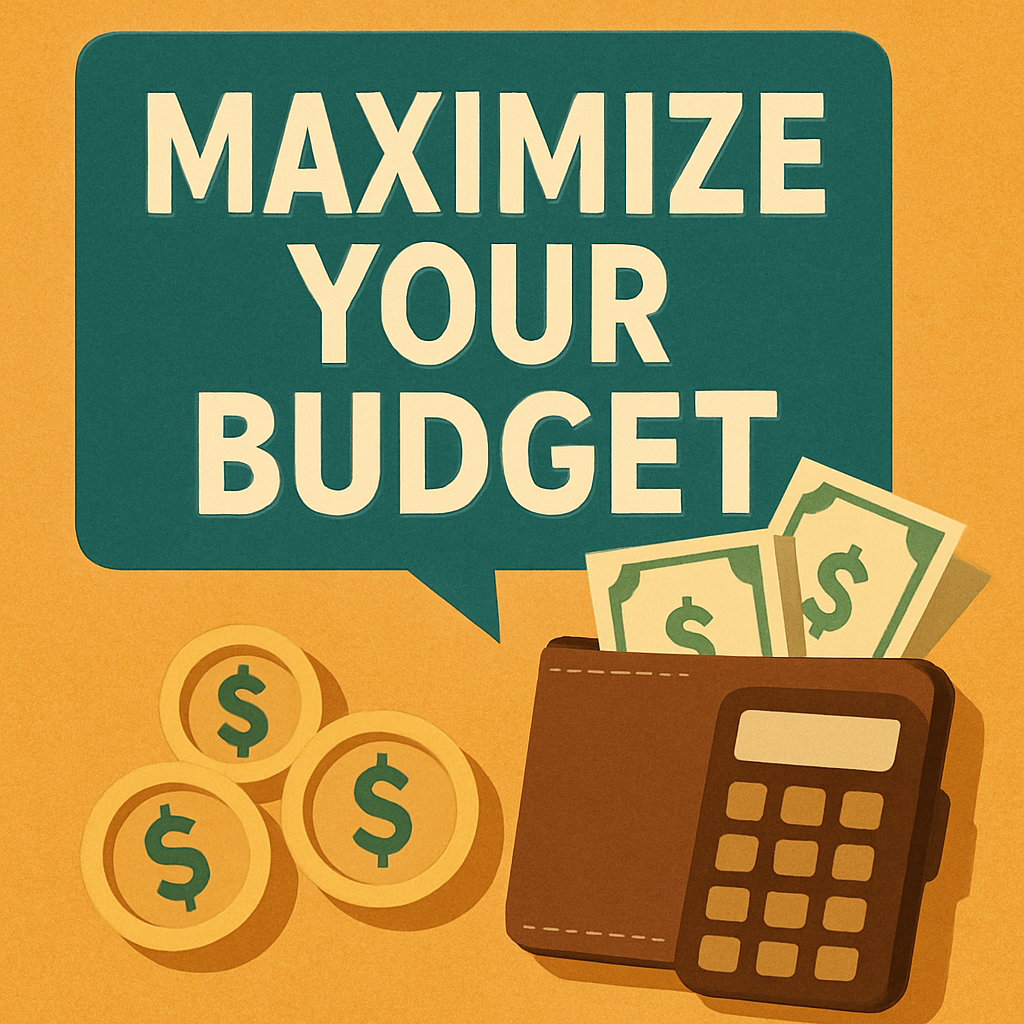The 2016 trade show season is upon us, so if you are planning to attend, sponsor, or exhibit at a trade show and haven’t started planning yet, it’s time to start. Trade shows are a big marketing investment and meticulous planning is required in order to make it worth the time and money. A successful trade show plan needs to be started at least six months in advance of the show, and in some cases, depending on the scale of the show or your level of participation like speaking engagements, planning may need to kick-off a year or more in advance.

To help you out, we’ve created a Trade Show Booth Planner which you can use as your overall guide to planning and make sure your marketing team stays on task, on time, and on budget. Start with developing your own spreadsheet, event deadlines always vary and it’s important to keep track of each trade show event individually. For most trade shows, there are a lot of things that need to be ordered in advance like furniture, electrical and internet access, as well as shipping arrivals. You usually get “early bird” discounts if you order before a certain date. Take advantage of planning ahead and you will be able to stretch your trade show marketing budget even further! Here is a guide to start your process:
Annual Marketing Planning
• Determine marketing objectives for the next calendar year.
• Evaluate trade show schedule in light of target markets and product launches.
• Research new shows in new markets.
• Assess existing exhibit materials for wear and tear on booth components and graphics.
• Set annual marketing budget.
• Allocate budget dollars for all trade-show related activities and expenses.
10 to 12 Months Before Each Show
• Determine the size of your exhibit for each show based on the show’s importance.
• Reserve booth space as soon as possible.
• Reserve hotel rooms early for popular shows.
• Set measurable goals for the show.
• Begin planning the theme and determine the booth components needed.
8 to 10 Months Before Each Show
• Study the exhibitor manual and its show rules and regulations in their entirety so that you know what can and cannot be done at each show.
• Review the show deadlines page and establish a system of reminders so that you do not miss any crucial deadlines and take advantage of any early-bird discounts.
• Plan and book hospitality events and extra meeting rooms as needed.
6 to 8 Months Before Each Show
• Evaluate current exhibit properties and determine whether replacement components or a new booth design are needed.
• Begin working with an exhibit firm on new booth designs and layouts, including new graphics.
• Work with your exhibit firm on additional services, such as shipping and installation/dismantle, or contract for those services directly.
• Plan and schedule publicity and pre-show promotions, such as mailers and client invitations.
• Select and register booth staff and book airline tickets and rental cars/transportation.
• Create and order space for show advertising, such as exhibitor guide, trade magazines, and outdoor advertising.
4 to 6 Months Before Each Show
• Determine products to be displayed or other booth handouts, such as brochures or promotional items.
• Select and order promotional items.
• Schedule shipping.
• Compile and/or purchase targeted mailing lists.
• Design lead cards, pre-show mailers and booth literature to work together to reinforce your brand and your show theme.
2 to 4 Months Before Each Show
• Order show services well in advance of the deadline: electrical, carpet and padding, booth cleaning, security, and more.
• Order equipment needed such as a/v, computers and furniture.
• Set up your exhibit as a trial run in advance of shipping.
• Print mailers and handouts.
• Write and distribute news releases according to publication deadlines.
• Create and print press kits and schedule any press conferences at the show.
• Develop lead tracking and follow-up plans.
• Train booth personnel and practice presentations.
• Schedule booth to ship to advance warehouse.
• Create an Emergency Kit
But bottom line – start the planning process NOW! As an example – the CES 2016 Exhibitor Manuals are now available online and you can review all your forms and put your plans in place – if you do this now – they are saying that most official CES vendors provide savings of up to 40 percent for orders placed in advance. This will make you twice as productive and provide a wonderful savings to your marketing bottom line.






